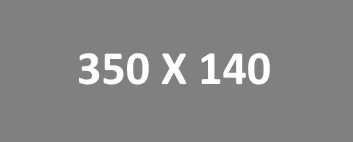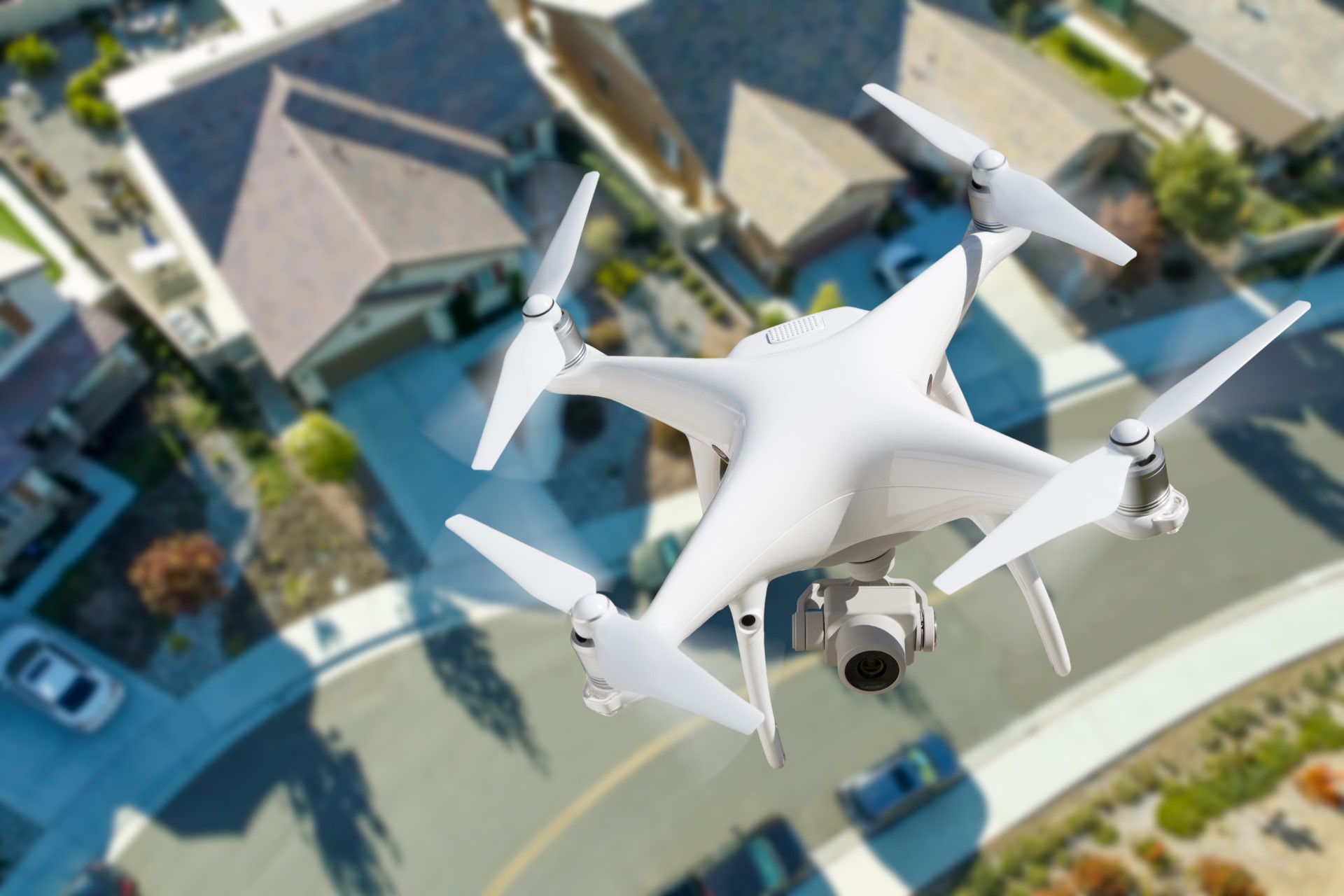Real estate photography is essential to showcase properties for sale or rent. With the advancement of technology, drones have become a game-changer in this industry. Drones are remote-controlled aircraft equipped with high-resolution cameras that can capture stunning aerial photographs and videos. In this beginner’s guide, we will cover everything you need to know about using drones in real estate photography.
Table of Contents
- Understanding Drones
- What are drones?
- Types of drones used in real estate photography
- Benefits of using drones in real estate photography
- Legal and Safety Considerations
- Regulations for flying drones in real estate photography
- Safety precautions for using drones in real estate photography
- Pre-Flight Preparation
- Equipment needed for drone photography
- Tips for selecting the right drone
- Understanding the weather conditions
- Mapping out the flight plan
- Capturing Aerial Footage
- Camera settings for drone photography
- Composing the perfect shot
- Tips for taking great aerial photos and videos
- Post-Production
- Editing drone footage
- Enhancing images and videos
- Conclusion
- FAQs
Understanding Drones
What are drones?
Drones are remote-controlled aircraft equipped with high-resolution cameras that can capture aerial photos and videos. They are commonly used for surveying, mapping, and real estate photography. Drones can fly at different altitudes and angles, which makes them ideal for capturing unique perspectives of properties that cannot be seen from the ground.
Types of drones used in real estate photography
There are two types of drones used in real estate photography: fixed-wing drones and quadcopters. Fixed-wing drones are ideal for large properties as they can fly for longer durations and cover larger areas. Quadcopters are more popular for real estate photography as they are more stable, easier to maneuver, and can hover in one position to capture stills and videos.
Benefits of using drones in real estate photography
Using drones in real estate photography offers numerous benefits, including:
- Unique aerial perspectives: Drones can capture aerial views of properties that cannot be seen from the ground, making the photos and videos more interesting and engaging.
- Cost-effective: Drones are less expensive than hiring a helicopter or airplane to capture aerial photos and videos.
- Time-saving: Drones can capture high-quality footage in a short amount of time, reducing the need for multiple trips to the property.
- Improved accuracy: Drones can capture accurate measurements and dimensions of the property, which is helpful for creating floor plans and virtual tours.
Legal and Safety Considerations
Regulations for flying drones in real estate photography
When using drones for real estate photography, it is essential to understand the regulations for flying drones. The Transport Canada requires that all drones with the weight of 250 gr or more are to be registered and flown by a certified pilot. It is also important to follow local laws and regulations regarding drone usage.
Safety precautions for using drones in real estate photography
Safety should always be a top priority when using drones in real estate photography. Some safety precautions to keep in mind include:
- Check the weather conditions before flying.
- Always keep the drone in line of sight.
- Avoid flying near people or animals.
- Keep a safe distance from buildings and structures.
- Always have a backup battery and landing spot.
- Do not attempt to fly in no-fly zones such as near airports, hospitals, some other institutions. Always check your location with local regulations.
Pre-Flight Preparation
Equipment needed for drone photography
Before taking off with a drone, it is important to have the necessary equipment. Some essential items include:
- A drone (with a high-resolution camera)
- Extra batteries
- Memory cards
- Sunshade for your phone, tablet or other remote control
- Propeller guards
- Landing gear
Tips for selecting the right drone
When selecting a drone for real estate photography, it is important to consider factors such as the camera resolution, battery life, flight time, and stability. It is also important to choose a drone that is compatible with your skill level and budget.
Understanding the weather conditions
Weather conditions can affect drone photography. It is important to avoid flying in high winds, rain, or foggy conditions. The best time to fly a drone is during clear skies and low winds.
Mapping out the flight plan
Before taking off with a drone, it is important to map out the flight plan. This can help ensure that the drone captures all necessary angles and perspectives of the property. It is also important to check for any obstacles or hazards in the flight path.
Capturing Aerial Footage
Camera settings for drone photography
The camera settings can make a big difference in the quality of the footage captured by a drone. Some important camera settings to consider include aperture, shutter speed, ISO, and white balance. It is important to adjust these settings based on the lighting conditions and desired effect.
Composing the perfect shot
Composition is an essential element of drone photography. It is important to consider the rule of thirds, leading lines, and symmetry when composing shots. It is also important to experiment with different angles and perspectives.
Tips for taking great aerial photos and videos
Some tips for taking great aerial photos and videos include:
- Fly at different altitudes and angles.
- Use the drone’s camera stabilization features to capture smooth footage.
- Use the drone’s auto-exposure feature to adjust for changes in lighting.
- Avoid flying too close to the property or too far away.
Post-Production
Editing drone footage
Editing drone footage is an essential part of the real estate photography process. Some editing software options include Adobe Lightroom, Adobe Premiere Pro, and Final Cut Pro. It is important to adjust the color, exposure, and contrast of the footage to enhance its quality.
Enhancing images and videos
To enhance the images and videos captured by a drone, it is important to consider adding music, sound effects, and text overlays. This can help create a more engaging and informative final product.
Conclusion
Using drones in real estate photography offers numerous benefits, including unique aerial perspectives, cost-effectiveness, time-saving, and improved accuracy. However, it is important to understand the legal and safety considerations, prepare for flights, and capture footage that is both visually appealing and informative. With these tips, anyone can get started with drone photography for real estate.
FAQs
- Do I need a license to fly a drone for real estate photography?
- Yes, you need to be a certified pilot and register your drone with Transport Canada.
- Can drones capture accurate measurements and dimensions of a property?
- Yes, some professional drones can capture accurate measurements and dimensions of a property, which is helpful for creating floor plans and virtual tours.
- How long does a typical drone flight last?
- The flight time can vary depending on the drone model, but it typically ranges from 20-30 minutes.
- Can drones capture footage at night?
- Yes, some drones are equipped with night vision capabilities, but it is important to follow local laws and regulations regarding night flights.
- How much does a drone for real estate photography cost?
- The cost of a drone can vary depending on the features and quality, but a beginner drone typically costs between $500-$1000.

BIG PICTURE 360 IS A PHOTOGRAPHY
Learn more about our real estate photography, virtual tours, and drone photography services. Get an instant photography services quote.

